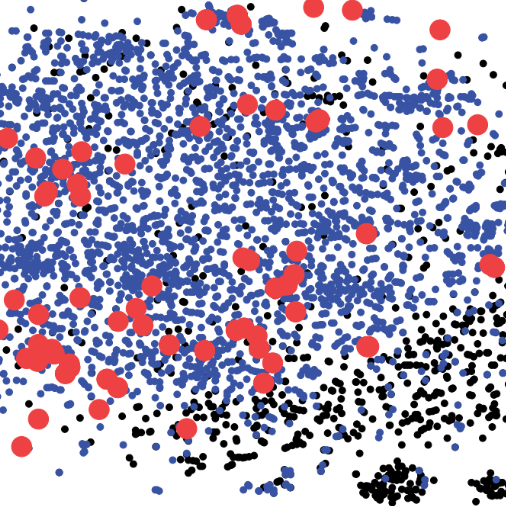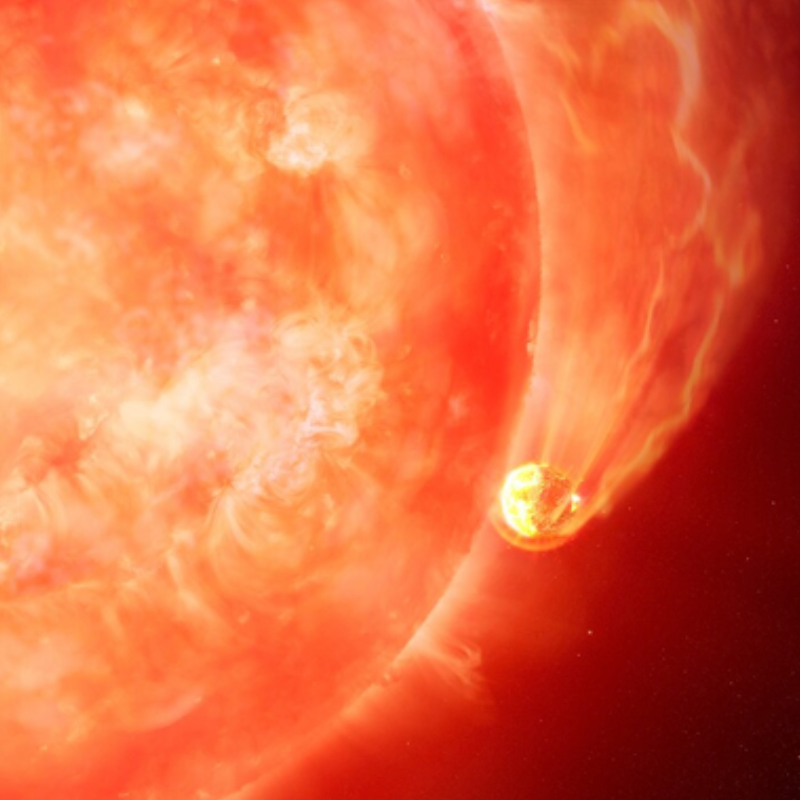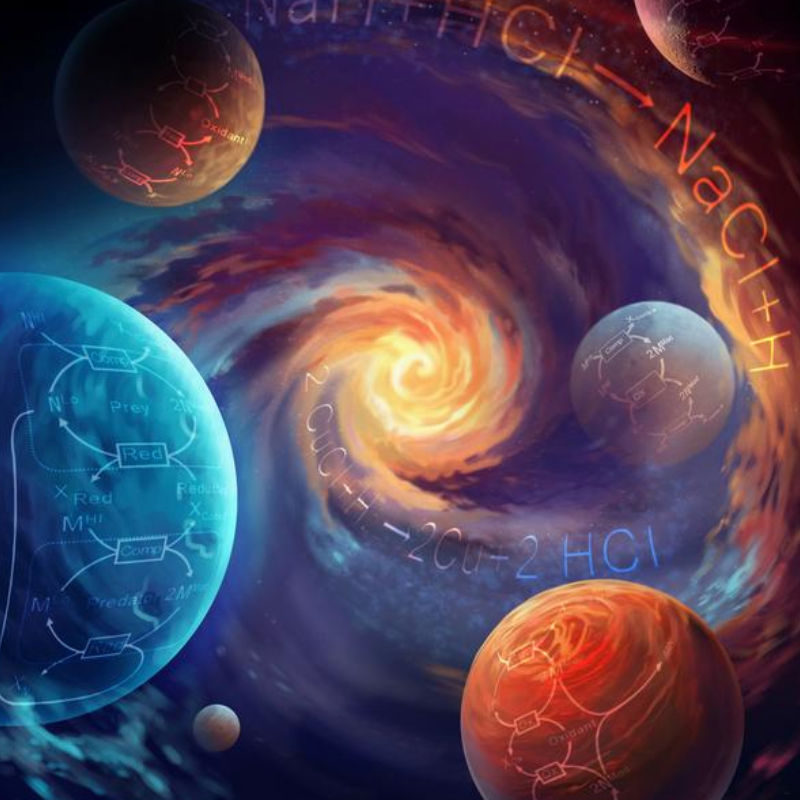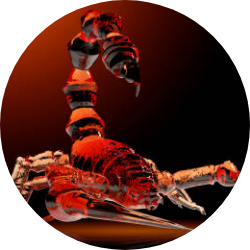James Webb Space Telescope discovers organic molecules around newborn star
Jun. 22, 2023.
3 min. read
6 Interactions
A smorgasbord of complex organic and other molecules
Organic molecules may create ingredients suitable for the birth of life 630 light years away
The James Webb Space Telescope (JWST) is set to transform astronomers’ understanding of the chemistry of newly formed stars. An analysis by RIKEN researchers of early results has showed that JWST can detect complex organic molecules in the clouds of gas and ice surrounding a newborn protostar.
Building blocks for complex organic molecules
A protostar is a newly formed star that is still feeding on an envelope of in-falling matter that spawned it. These envelopes host chemical reactions that transform simple chemical building blocks into more complex organic molecules, which may be the precursors of the molecules necessary for life.
Researchers suspect that these complex organic molecules are formed in chemical reactions that occur on the surfaces of ice grains. As the star warms the molecules, they would leave the ice and mingle with the gas around them.
Searching for proof of a pathway to life
“We want to obtain definitive proof of such formation pathways,” says Yao-Lun Yang, of the RIKEN Star and Planet Formation Laboratory. “And JWST provides the best opportunity to do so.”
Launched in December 2021, JWST sits about 1.5 million kilometers from Earth and rotates around our Sun. Yang and RIKEN colleagues used data from the telescope’s Mid-Infrared Instrument (MIRI), acquired in July 2022, to study a very young protostar named Chameleon 1.
When molecules absorb certain frequencies of infrared light, they stretch and bend in different ways, depending on their structures. Each kind of molecule absorbs infrared light at a characteristic set of frequencies. The infrared spectrum detected by MIRI can identify which molecules are present around the protostar.
Organic molecules likely to form in ice
Previous surveys of this protostar identified complex organic molecules in the gas phase. MIRI now offers a much more detailed picture, since it can detect organic molecules in ice, where they are thought to form. The results confirm the presence of water ice, carbon dioxide, silicates (found in dust) and molecules such as ammonia, methane, methanol, formaldehyde, and formic acid. There are also hints of ethanol and acetaldehyde.
MIRI produced images that reveal the structure of one of the star’s outflows, showing at least four shell-like structures. The outflow contains a jumble of elements including hydrogen, iron, nickel, neon, argon and sulfur. Some are concentrated in a relatively hot jet, moving at about 200 kilometers per second. These ejections are being observed when they are perhaps only 170 years old—a mere blink of the eye in terms of star development.
“We will begin to understand how organic chemistry emerges,” says Yang. “And we will also uncover the lasting impacts on planetary systems similar to our solar system.”
Citation: Yang, Y.-L., Green, J. D., Pontoppidan, K. M., Bergner, J. B., Cleeves, L. I., Evans, N. J., Garrod, R. T., Jin, M., Kim, C. H., Kim, J. et al. CORINOS. I. JWST/MIRI spectroscopy and imaging of a class 0 protostar IRAS 15398–3359. The Astrophysical Journal Letters 941, L13 (2022). doi: 10.3847/2041-8213/aca289 (open-access)
Let us know your thoughts! Sign up for a Mindplex account now, join our Telegram, or follow us on Twitter.

.png)

.png)


.png)







1 Comments
One thought on “James Webb Space Telescope discovers organic molecules around newborn star”
🟨 😴 😡 ❌ 🤮 💩